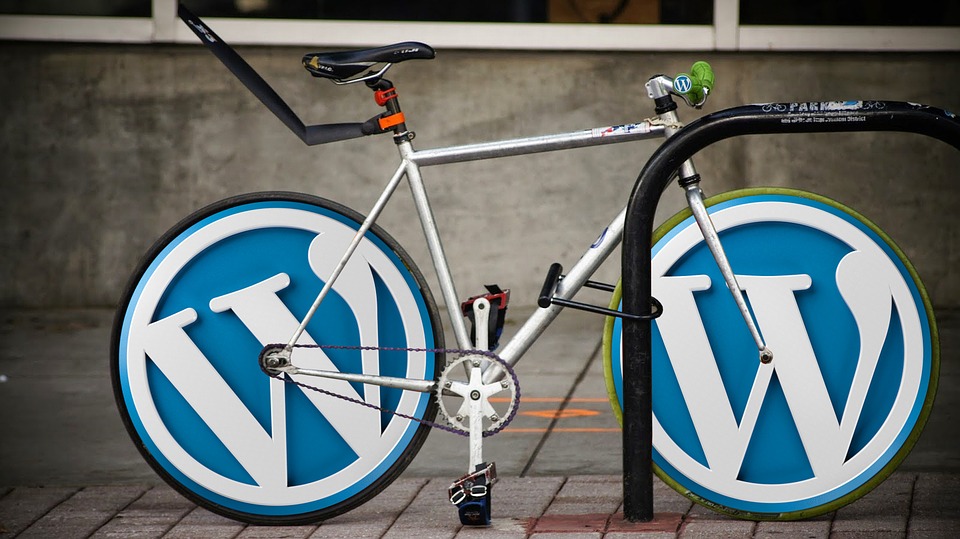
Powering a whopping 26% of the web and claiming responsibility for an unfathomable 1,808,219 posts per day, WordPress is one the most powerful digital entities in the world.
Whether you’re a guerilla journalist, a small business owner, the founder of a startup or a freelancer selling their services, WordPress offers a presentable, practical and user-friendly means of creating a website that’s both functional and looks good too.
To build an adequate WordPress (WP) site, all you need is fundamental computer literacy skills, coupled with time for a little trial and error. But, if you want to make a WP site that yields genuine results, you need to invest on user experience (UX).
Why is UX essential? Well, it’s simple really, in today’s digital world, the average person is more discerning than ever, and if you don’t provide a user experience that sings, people will not hang around. Plus, careful attention to UX will help you increase engagement and boost sales.
An excellent example of this comes from big name sports broadcaster ESPN.com. By asking their audience for suggestions for their website redesign and listening to the needs of the modern consumer, the company enjoyed a healthy revenue increase of 35%.
It’s no secret that good UX will have a positive impact on your business. So, if you’re reading this and you have a WordPress site that could do with a little tweaking, or you’re in the throes of building one from scratch, these three tips will help you increase engagement, reduce bounce rates and improve your sales…
Improve the loading speed and performance of your WP site
If your website has broken links, design potholes or takes an age to load, your site visitors will bounce off your page faster than a rubber cheque in a bank.
One of the most critical elements of UX is general site performance. Why, you say? In a nutshell, it’s because these days, digital consumers have the attention spans of common goldfish.
Taking measures to improve your WordPress site’s performance is a key element to its long-lasting success and to make this happen, you should always be looking to take steps to make sure your blog loads fast.
There are a host of techniques to optimizing your site’s speed and performance: these are three of the most effective:
- Source and install a WordPress Caching Plugin such as W3 Total Cache
- Implement a Content Delivery Network
- Make sure that the images you upload to your website are saved in .jpeg format (compressed) rather than .PNG (uncompressed)
- Make sure Google AMP is on (for mobile faster loading)
When upgrading or building your site, make sure you always take the time to monitor your website’s performance and iron out any teething problems with haste to make sure they don’t get out of control. Remember, a fast site is a happy site.
Functional always wins over flashy
There are plenty of people out there who think the more flashy, busy, colorful and intricate a web page, the better. That’s not necessarily the case.
In almost every instance, web users prefer function over form. Put simply, if your design distracts or confuses people, they will not engage with your content, absorb the information you’re providing or take the action that you want them to take. This, of course, is bad for business.
When you’re putting together your WordPress page, pick a standard layout such as a header, followed by the main body content, a sidebar, and an easy to read footer.
Also, choose a theme that is slick, yet plain, functional and customizable. By doing this, your users will benefit from a better experience and will be far more likely to invest in you as well as what you have to offer.
A great example of a plain, practical and frankly, cool WP design that gets constant results is curated online photography gallery, DeFringe. Like DeFringe, choose a functional WP theme and you’ll be able to build a sleek, simple and usable site without starting from scratch.
Make sure your users don’t get lost en route
Providing quality UX largely comes down to user navigation. If your user finds it hard to get from one page to another, you will fail at the first hurdle.
Every website worth its salt is clear, follows a logical pattern and lets the user know exactly where they are and where they need to be without having to think too much (or at all, ideally).
So, getting way around your WordPress site needs to be simple for the end user. Your visitor should be given one or more navigational elements that help them find exactly what they are searching for – and these are the page elements you need to include:
- A direct and easy to read navigation bar
- A categories list added to your sidebar
- A site search facility (search box) at the top of your sidebar
- An archives page with relevant content displayed at the top
- Breadcrumbs, (a navigational display that aids visitors by helping them to understand their current location in the context of a site)
If leveraged correctly, these elements will transform your site into a user-friendly informational hub almost instantly, resulting in a flurry of positive metrics including increased conversions and reduced bounce rates in a very short space of time.
“If we want users to like our software we should design it to behave like a likeable person: respectful, generous and helpful.” — Alan Cooper
In today’s world, user experience is everything, and if you want to enjoy the kind of long term success you no doubt deserve, you need to take action now. Follow these top tips, think like your consumers, and you’ll have a successful WordPress site up and running in no time.

